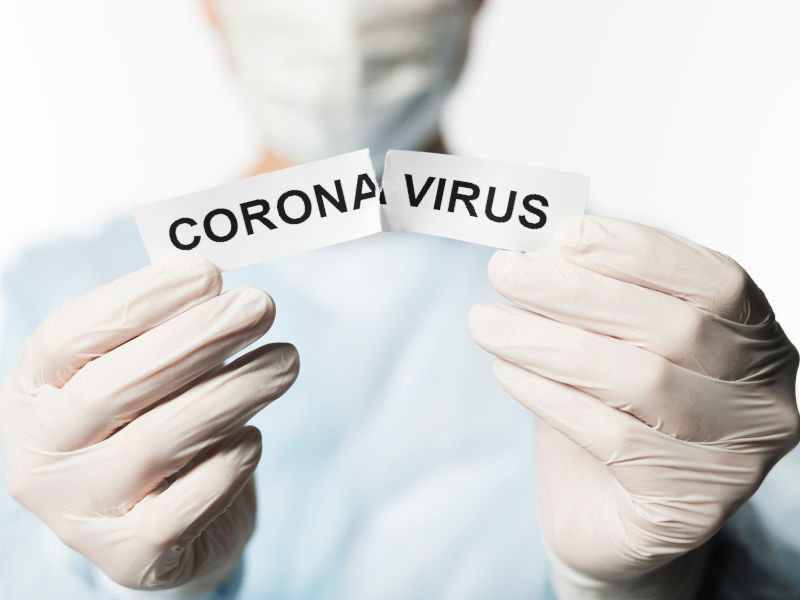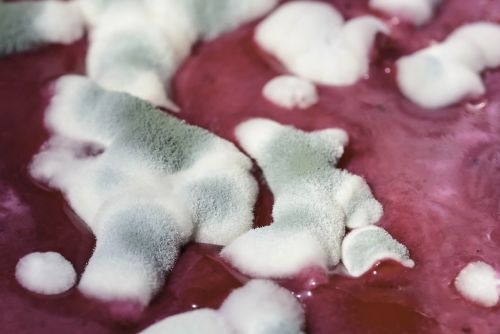How to clean your home after COVID-19 quarantine?

What is COVID-19?
The year 2020 started with coronavirus 2019 (SARS-CoV-2) attacking the humanity. Novel coronavirus causes a disease called COVID-19. As of April 5th, 2020 nearly 1,201,933 people have been diagnosed with COVID-19, 246,634 have recovered and more than 64,716 have died worldwide. Since it is a newly emerged disease there is much more to learn about COVID-19. Based on what we know so far about early cases, is that it spreads from person-to-person via the respiratory route and usually happens among those in close contact (within about 6 feet).
Who needs to go through COVID-19 quarantine?
People with certain types of exposure to cases of COVID-19 may be housed and quarantined for observation until 14 days after their exposure. The purpose of the observation period is to ensure they don’t develop symptoms and infect others during this time. Routine cleaning of surfaces using appropriate cleaning and disinfection methods can help prevent the spread of SARS-CoV-2 virus and so we all should be vigilant about routinely cleaning and disinfecting surfaces, paying special attention to frequently touched surfaces and objects.
How to clean your home if you were quarantined due to COVID-19?
If you were quarantined as a suspect or a confirmed case of COVID-19, make sure you properly sanitize and disinfect your home when the quarantine is over. Sanitizing your home will prevent your family and friends from the possibility of getting infected.
People may be lost with all the information on the web therefore we compiled proven methods for cleaning after COVID-19 quarantine. If you wanna go an extra mile we're adding 2 professional cleaning methods, UV light and Hydrogen peroxide, that have been known to deal with virus outbreak.
CDC Recommendations
Here's how the CDC (Centers for Disease Control and Prevention) suggest you do a deep-clean.

Wear gloves and make sure you have good ventilation while you clean.
Wear disposable gloves and throw them out after you're done. According to the CDC if you're using reusable gloves, don't use them for other purposes, and clean your hands immediately after the gloves are removed.
Peel the gloves away from your hands, pulling them inside out, and try not to let the outside of the glove touch your skin.
Remember to clean first, disinfect later
Remove any visible dirt and grime before using disinfectants. Cleaning refers to the removal of germs from surfaces. Disinfecting refers to the use of chemicals to kill germs on surfaces. Coronaviruses are relatively easy to kill with most disinfectants. When using cleaning and disinfecting products, always read and follow the manufacturer’s directions (e.g., application method, contact time).
Hard or non-porous items
Examples: tables, desks, floors, doorknobs, phones
If a surface is visibly dirty, first clean it by using a regular cleaning product for a table or a cleaning cloth for a cell phone.
To disinfect a cleaned surface or object, you can use regular disinfection products (e.g., Clorox, Purell, and Hydrogen peroxide-based products) or use a disinfectant that has been registered and approved by the Environmental Protection Agency (EPA). Visit New York State Department of Environmental Conservation website for the full list of products that are effective against COVID-19.
Disinfecting can be done using by diluted household bleach solutions, if appropriate for the surface. Follow manufacturer’s instructions for application and proper ventilation. Check to ensure that the product you are using is not expired. To make a bleach solution, add 4 teaspoons of bleach to 1 quart or 1 liter of water. Prepare a new solution daily or as needed. Never mix household bleach with ammonia-based products or any other cleanser. Also you can disinfect using solutions with at least 70% alcohol. Wipe the surface or object thoroughly with the solution and let it dry.
Soft or porous items
Examples: clothing, bed linens, carpets and rugs, upholstered chairs, sofas
Clothing, towels, linens and other items that go in the laundry should be washed at the warmest possible setting with your usual detergent and then dry completely. Avoid “hugging” laundry before washing it to avoid self-contamination. Do not shake dirty laundry before washing them to avoid spreading virus or other dirt and bacteria through the air. Dirty laundry from a diagnosed person can be washed with other items. For other soft items, such as a rug, drapes, or upholstered sofa, follow manufacturer’s instructions or use a cleaning product specifically for that item. For example, use a steam cleaner or apply a disinfectant product from this list that is suitable for fabrics.
When cleaning is completed, collect the soiled material and PPE (Personal Protective Equipment) in a leak-proof bag that is tied shut and can not reopen. This waste can go to a regular solid waste stream (e.g., municipal trash) as it is not biohazardous or regulated as medical waste. According to CDC no additional cleaning is needed for ventilation registers or filtration systems, also there is no need for additional treatment of wastewater before discharging to sanitary sewer.
Professional antiviral cleaning methods
Cleaning using UV light
Black lights, also known as ultraviolet lights (UV), are often used in professional cleaning to help detect if hidden pathogens are present on walls, high-touch areas, ledges, furniture, and scores of other surfaces. The lights cause materials such as viruses, bacteria, urine, seminal fluids and blood, to "fluoresce," so that the naked eye can detect them. UV is especially applicable in settings where you can not use fluids such as electronics. The use of UV sterilization, or ultraviolet germicidal irradiation, has been found to be extremely effective. Sources of UV sterilization can kill over 99% of viruses, bacteria, and fungi in an extremely short amount of time.
Cleaning using hydrogen peroxide
According to the CDC (Centers for Disease Control and Prevention), hydrogen peroxide kills yeasts, fungi, bacteria, viruses, and mold spores. The CDC lists specific concentrations you need and how long you need to let them sit to kill different organisms. A 0.5% accelerated hydrogen peroxide demonstrated bactericidal and virucidal activity in 1 minute and mycobactericidal and fungicidal activity in 5 minutessource.
Hydrogen peroxide gas sterilization devices can be used for integrated disinfection of the air and the environment. The specific operation can be performed according to the equipment instruction manual.
Summary
Community transmission, meaning a person gets the virus without a traceable interaction with a person confirmed to have a virus, shows us that SARS-CoV-2 is circulating worldwide, and that we should act as if we are all exposed. The best course of action is to stay home if sick and stay home as much as possible even if you are not sick, without going to the extreme though.
Many studies have proven that walking and light physical activity boost the immune system. However, as many cases of SARS-CoV-2 are asymptomatic (meaning you may be infected, and not even know about it), when you move outside, try to go alone and keep a safe distance from others (at least 6 feet). Also, when going outside for any other reason (especially when you come in a close contact with others) wear a mask, gloves and follow all the government and medical precautions. We are all in this together and only by being aware and disciplined we can slow the spread and protect those at higher risk of severe illness and our health care workers from getting sick.
Finally, please remember that we’re not medical professionals, and none of the information above should be considered a medical advice. You should always check the current government regulations in the area you live, to make sure that you’re following the current laws regarding the movement outside and contact with other people.
Check more articles on our blog

How to Clean a Smelly Garbage Can – Step by Step Guide

Move-In Cleaning - Things To Do When You Move Into A New Home

Negative Health Effects of the Exposure to Toxic Mold At Home
